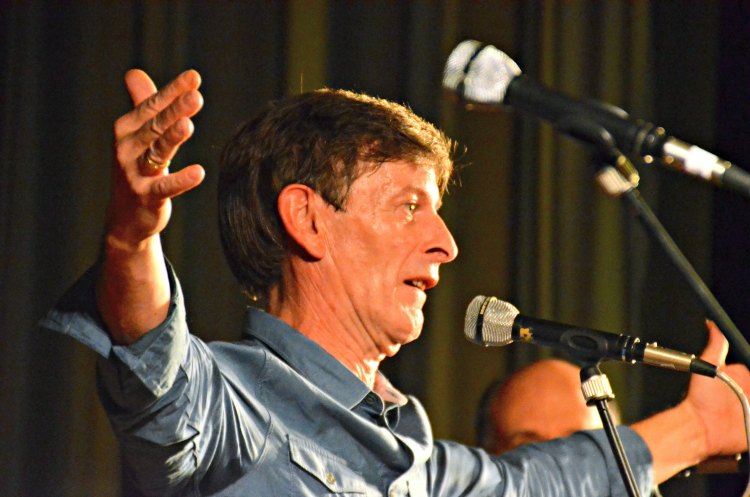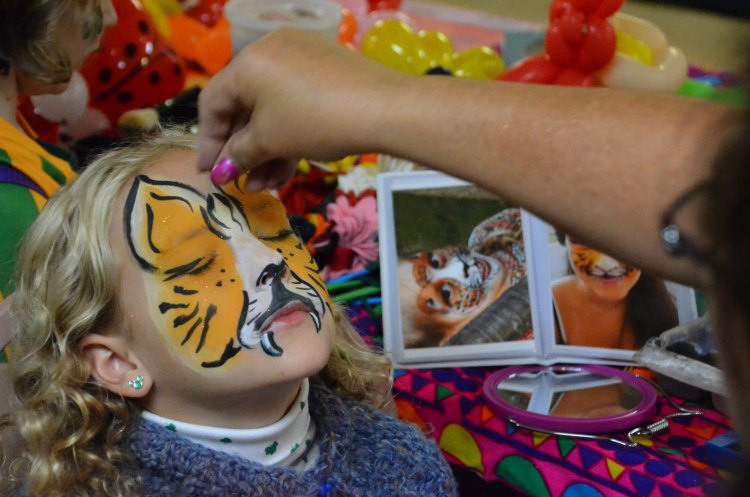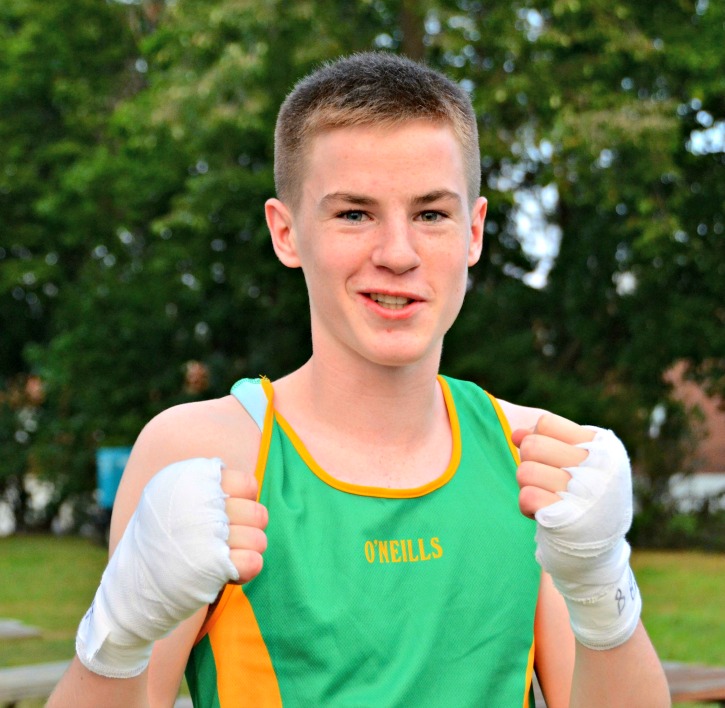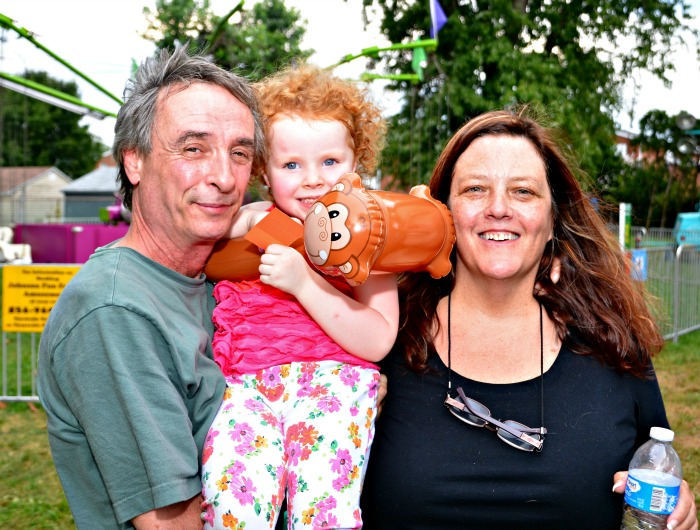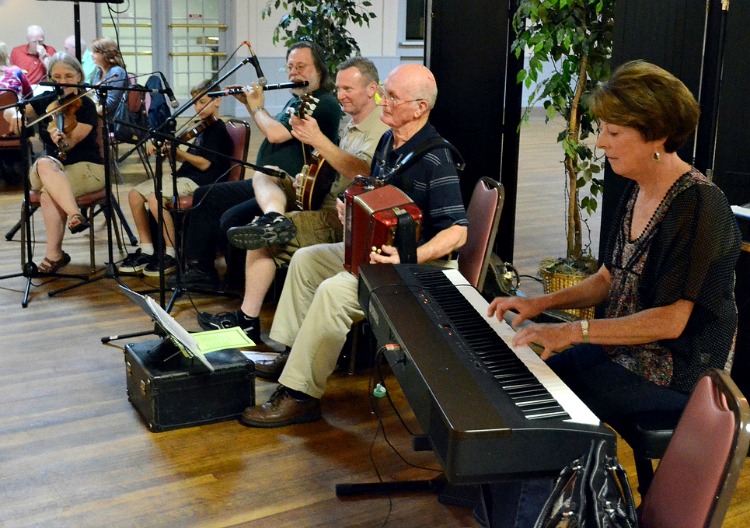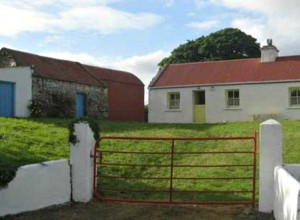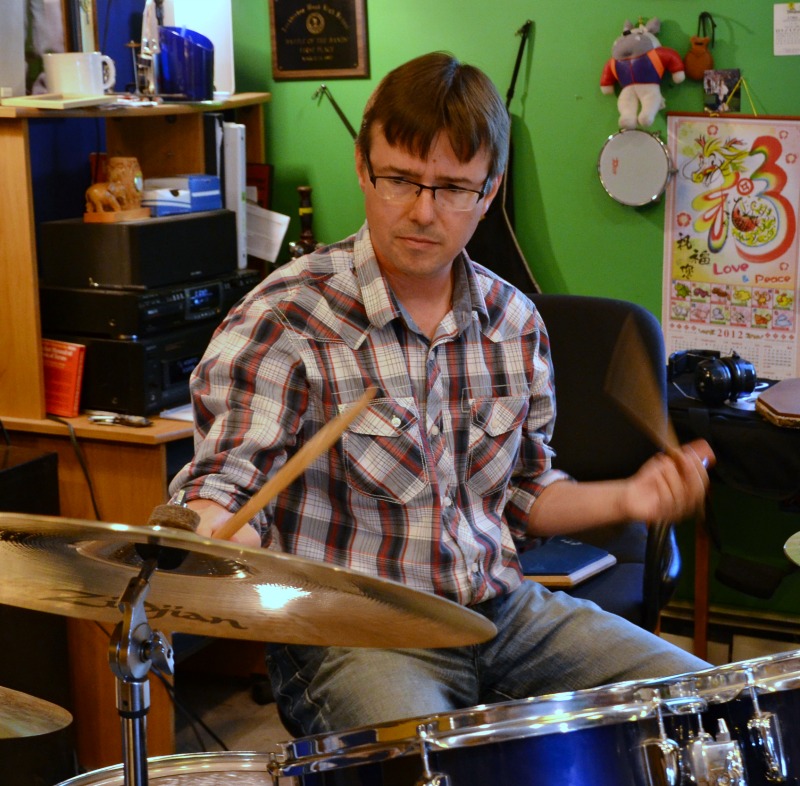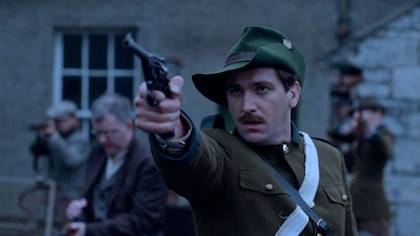 As World War I wore on, German zeppelin raids were making Nottingham in England’s East Midlands increasingly unsafe, so British Army Lt. Frederick Dietrichsen of the Sherwood Foresters Regiment sent his Irish wife to Dublin, along with their two children.
As World War I wore on, German zeppelin raids were making Nottingham in England’s East Midlands increasingly unsafe, so British Army Lt. Frederick Dietrichsen of the Sherwood Foresters Regiment sent his Irish wife to Dublin, along with their two children.
Dietrichsen, a lawyer in peacetime, was among the reinforcements sent to assist in putting down an armed insurrection in the same city. It was Wednesday morning, April 26, 2016, two days after a ragtag army of revolutionaries, led by a charismatic school teacher, Patrick Pearse, had launched what became known as the Easter Rising, the seminal event in Ireland’s long quest for independence from British rule.
Dietrichsen’s wife saw the troops marching up the street as they headed toward the Mount Street Bridge, a key entrance to the city, which was held by the rebels. Dietrichsen fell out for a brief, loving meeting with his wife and children, and then rejoined his men.
Less than an hour later, he was dead, one of the first British soldiers to be killed in the initial volley of shots from the volunteers, in what is now remembered as the Battle of Mount Street.
This was one of many poignant stories that riveted the attention of documentary director Keith Farrell and producer Dave Farrell as they conducted research for a new 90-minute docudrama, “A Terrible Beauty/ÁIille An Ufais,” which will have its world premiere September 6 at 6 p.m. at International House, just a few blocks from the University of Pennsylvania campus. The event is co-sponsored by the Irish Immigration Center , together with AOH Dennis Kelly, Division 1, Delaware County, and the Irish Easter Centennial Commemoration Committee.
The Farrells are not unfamiliar to Philadelphia audiences. Their recent film, “Death on the Railroad” shed new light on the suspicious circumstances surrounding the death of 57 Irish immigrants,who were working on a stretch of the Philadelphia and Columbia Railroad , near Malvern, in the autumn of 1832.
The new film takes a slightly different approach. It tells stories of the Rising from the perspective of the people who were there in Dublin during those bloody six days—the ill-fated Irish volunteers, British soldiers, and Dublin citizens.
“It became clear to me that to tell these stories, I would have to dramatize them,” says Keith Farrell, reached by phone from County Wicklow. “The characters speak to each other, and they speak to the camera as well. We see their actions in dramatic form. When the actors look at the camera, they’re speaking their actual words.”
Many of those stories paint a complex picture of people taken completely by surprise.
In a time of war, being dispatched to Dublin to put down a rebellion was probably the last thing Dietrichsen ever expected to have to do. He was far from alone.
“The British soldiers never expected to find themselves fighting on the streets of Dublin,” Farrell says. “They expected to be in France, fighting in the trenches. No one told them where they were going. To find yourself fighting in the second great city of the empire must have come as a shock.”
Everyday Dubliners caught in the crossfire were just as stunned, Farrell says—and in more than a few cases, outraged and completely unsupportive of the rebellion.
“The citizens of Dublin were not happy. Many had sons and husbands at war in the British army. (35,000 Irish soldiers serving with the British army would die in World War I.) They were getting separation allowances from the British government. When the Rising happened, they weren’t getting that money. All of the bakeries were closed. No one could get bread. The city was completely disrupted. No one could get to work, so no one had any money.
“There were huge numbers of civilian casualties in Dublin. (Many fell at the hands of the British. The worst atrocity occurred on Friday of that week, when soldiers of the South Staffordshire regiment murdered 15 innocent civilians on North King Street.) Dublin was devastated by the Rising. People said it looked like Ypres in Belgium. The citizens of Dublin paid a price. While it’s mythologized, it was really a difficult, dirty guerrilla war. I was like a mini-Stalingrad.”
Then there was the question of the volunteers themselves. “A lot of Irish Volunteers didn’t know there was going to be a rising. They thought they were just going out on maneuvers.”
After the battle began, Farrell says, the volunteers themselves were initially optimistic. That optimism didn’t last long. “I don’t think the leadership were optimistic. Even the ordinary guys realized pretty quickly that they didn’t stand a chance. They probably would have been proud that they held out six days.”
Farrell culled his stories from a variety of sources.
He found one particularly rich treasure trove. “Between 1930 and 1940, the Irish Army interviewed survivors of the Irish war of independence. That included British soldiers, members of the Royal Irish Constabulary, anyone who was involved. They transcribed them, and stored them in army archives.”
Obtaining access to an accounting of the North King Street massacre wasn’t easy. Decades after the fact, the report was sealed. Farrell filed a freedom of information act request to get the painful details released. The report had been shielded by a 100-year rule. “There I suddenly had access to accounts from Dubliners on the north side of the city, ordinary citizen accounts. Women who lost their sons, wives who lost their husbands.”
Farrell also tapped into the memories of two brothers who fought with the volunteers. “They fought together in the Battle of North King Street. As old men, they never talked about the war to their sons, but they left their accounts with other people.”
The story of the Rising, Farrell says, continues to resonate with the Irish. 1916, he says, was “a bit like your Battle of Bunker Hill. It was a loss for the rebels, but it was an iconic moment. It was the beginning of our war of independence, and that’s why it captures our imagination.”
The Irish audiences are completely aware of the complexity surrounding the events of those few bloody days in 1916, but some Americans might be surprised what they learn from this new film. They might not be aware of all of the back-stories—stories that can only be told by the people who were there.
“What I try to do is try to tell the human side. Even the ‘bad guy’ has a complicated background. There’s a tendency to make it all black and white. You can mythologize a lot. What I wanted to show was people affecting people affecting people. I don’t try to make a postscript to say whether it’s good or bad. I leave that up to the audience. ”
Siobhan Lyons, director of the Irish Immigration Center, has seen a sneak preview of the film, and she regards it as essential viewing.
“It’s a fantastic film. It’s really, really good. Even for, me, I feel like I know quite a bit about the Easter Rising. I know a lot about the politics, and the importance of the Rising, but I had never thought as much about the battles. You can still see bullet holes at the General Post Office (the epicenter of the revolt). You can just imagine the bullets flying. When you see it dramatized, you see what it really meant. It’s a must-see for anyone who calls themselves Irish in Philadelphia.”
Tickets are $50. They include an after-party at St. Declan’s Well on Walnut Street, with music by well-known local singer Marian Makins, who is putting together a playlist around 1916, together with flutist Paddy O’Neill. The new Irish Vice Consul Anna McGillicuddy will also be there.
A TERRIBLE BEAUTY… background to story. from Tile Films Ltd on Vimeo.

